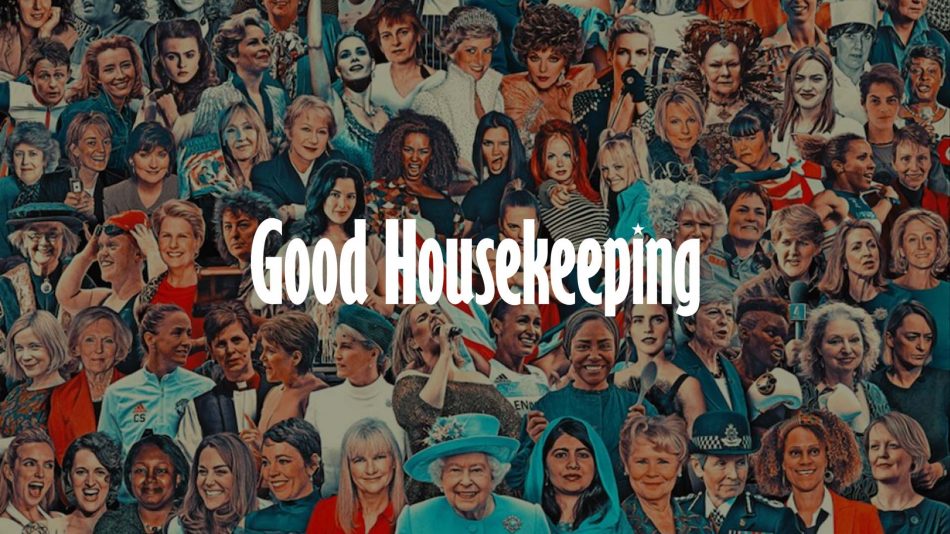The shift to short-termism: why it matters – by Douglas McCabe
In a recent Enders Analysis report on marketing effectiveness, sponsored by Magnetic, we highlighted the rise of business and investor short-termism, which coincided with a rise in online consumption and advertising, driving a surge in marketing short-termism.
We have subsequently published a report on TV advertising that ends: “advertisers wake up”.
In our research we described a “collective action” problem, initiated by advertisers themselves, but with various inter-related issues across an intricate value chain that includes creative agencies, media agencies, technology platforms, adtech, and native and established media.
Blurred lines
Our findings were a necessarily simple treatise for a fiendishly complex set of circumstances.
Two simple data points neatly encapsulate a central concern. Long-term advertising trends have consistently delineated a 60:40 spend, brand advertising to activation advertising.
Online media – and particularly the combination of search, social and mobile – has helped push that ratio to roughly 50:50 today. This transition has materialised as pressure for short-term results has grown, ably supported by data with restricted – but persuasive – attribution evidence. Since 2000 more than £2 billion of spend has shifted from pull marketing to push.
In order to justify such a dramatic shift, we see four unverified and under-acknowledged assumptions that the industry must also believe:
- The distinction between brand advertising and activation advertising has blurred, and carries little of the meaning it once held;
- Ubiquitous consumption of content and commercial messages on mobile devices has rewired the fundamentals of marketing, such that, on average, brands no longer need to spend 60% of their budget creating awareness and a positive emotional connection;
- There is no such thing as either too much advertising or advertising implementations that can generate negative effects, whether these are measured or otherwise;
- The value of context and brand association is still accurately priced relative to alternative options, with value decline driven by social and mobile consumption.
We are not suggesting these assumptions are explicitly laid out in any brand’s thesis; indeed, that is precisely our point. We are also not arguing that we categorically know that these four assumptions are wrong. We provide evidence and case studies that collectively suggest these four assumptions are probably exaggerations, and could be wrong. That is all.
The growing importance of retail queries for Google, and the rise of product listing advertising, clearly underline a shift in consumer behaviour and advertisers’ response to it. We simply question if advertisers, agencies and established media have verified if the fundamentals of how marketing effectiveness works – and there is huge variation by industry and company – has adjusted in line with changes to the shopping journey?
Push and pull
Consider the context assumption, and let us paint a picture from another industry: books. Nielsen has shown that two thirds of expenditure in Waterstones is on books that customers did not know they wanted before visiting the shop; with Amazon, the ratios are reversed.
Browsing in a precisely honed environment generates value that ecommerce – the most successful ecommerce business in the world – is unable to replicate (or does not consider to be a relevant measure).
In other words: there is a limit to what push can achieve without the support of pull. Relentless online marketing messages will never qualitatively substitute for advertising in magazines, out-of-home or TV. What does happen at Amazon is that the bestsellers become even bigger, and the long-tail (astrophysics books) can be quickly found.
The profitable middle of the market loses share. The publishing industry without Waterstones would not just have to address discovery differently; it would have to publish different books.
Invest more
Advertisers need to invest more money in planning and creative, not less; and they have to invest in more bespoke solutions in our substantially more hetereogenous media and distribution age than in the past. Furthermore, it would take an extraordinary effort on the part of advertisers to review the aforementioned assumptions in normal or benign circumstances. But the economy is becoming tighter.
Corporate profits are falling; inflation is rising; corporate and consumer confidence are retreating; retail is under immense pressure. It is during such tough periods of the economic cycle that underlying structural change tends to accelerate.
Does any of this matter?
If advertising spend declines in the next two to three years, surely that is a far greater problem than the risks of moving to a 60:40 ratio, activation advertising to brand advertising? Maybe.
But as was shown by the Magnetic-sponsored report, we believe marketing effectiveness will decline, and the long-term effects could be a lot more damaging than a negative turn of the cycle.
Investment in established quality content media will further erode, reducing options for brands after decades of option proliferation.
And consumers, the member of the value chain for whom the entire industry exists, is the only player not complicit in the trading dynamic. Ad blocking is one of the few things they have collectively expressed about online advertising.
What they will come to ask of industry leaders, however, is this: what did you do to protect incentives for quality content and marketing environments? What were you measuring? What were you thinking?
*This article first appeared on mediatel.co.uk


